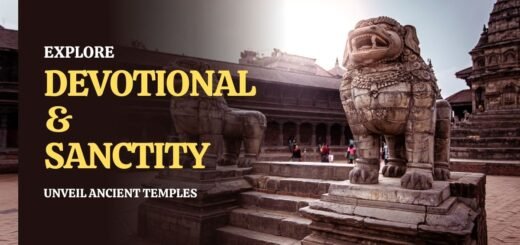Somnath Jyotirlinga Temple History and Significance
Know the details about Somnath Jyotirlinga Temple History and Significance, Somnath Temple benefits and importance, and Somnath Temple location map guide
Somnath Jyotirlinga Temple: A Sacred Haven of History and Significance
The Somnath Jyotirlinga Temple, located in the Prabhas Kshetra near Veraval in Gujarat, India, is one of the most revered Hindu temples in the country. With a history spanning centuries, this temple holds immense religious and cultural significance. In this blog post, we will explore the Somnath Jyotirlinga Temple History and Significance
Somnath Jyotirlinga Temple History and Significance
Ancient History and Significance
The Somnath Jyotirlinga Temple has a legendary history that dates back to ancient times. According to Hindu mythology, Lord Shiva is believed to have appeared as a fiery column of light, or jyotirlinga, at this very spot. The word “Somnath” translates to “Lord of the Moon,” symbolizing the deity’s connection to the moon and its influence on the tides.
The temple has witnessed numerous reconstructions and renovations over the centuries due to various invasions and natural calamities. Despite facing destruction multiple times, it stands as a testament to the unwavering faith of devotees and their determination to preserve their cultural heritage.
Click here to get the Somnath Jyotirlinga Temple History and Significance
Click here to get the Somnath Jyotirlinga Temple Opening Closing Timings Today
Religious Significance and Benefits
In the Hindu religion, the Somnath Jyotirlinga Temple is considered to be of great holy importance. Among the twelve Jyotirlingas, which are regarded as the holiest places of worship for Lord Shiva, this particular temple is considered to be one of them. Devotees from all over the world frequently visit the temple to perform rites, worship, and seek blessings.
It is believed that offering prayers at the Somnath Jyotirlinga Temple can bring spiritual enlightenment, peace, and prosperity. Devotees also believe that it can help in attaining moksha (liberation from the cycle of birth and death). The temple’s serene ambiance and the rhythmic chants of Vedic hymns create an atmosphere of divine tranquility, leaving visitors with a sense of inner peace and spiritual rejuvenation.
Furthermore, the temple’s location on the shores of the Arabian Sea adds to its allure. The breathtaking view of the sunrise and sunset from the temple premises is a sight to behold, leaving visitors in awe of nature’s beauty and grandeur.
Somnath Jyotirlinga Temple History and Significance
Best Time to Visit
Visitors are welcome to pay a visit to the Somnath Jyotirlinga Temple at any time of the year. The greatest time to visit, on the other hand, is during the winter months, which span from November to February. This is because the weather during this period is beautiful and ideal for touring the temple and the areas around it.
During big Hindu holidays like Mahashivratri, Diwali, and Kartik Purnima, the temple sees a huge increase in the number of worshipers. This is an essential fact to keep in mind. It is recommended that you avoid going during these busy periods if you want to have a more tranquil experience whenever possible.
When you are making plans to visit the temple, it is important to make sure that you verify the opening and closing times of the temple. These times might change based on the time of year as well as the particular rites that are being done.
In Conclusion
The Somnath Jyotirlinga Temple stands as a symbol of devotion, resilience, and cultural heritage. Its ancient history, religious significance, and breathtaking location make it a must-visit destination for devotees and tourists alike. Whether you seek spiritual enlightenment, inner peace, or simply wish to explore the rich cultural heritage of India, a visit to the Somnath Jyotirlinga Temple will leave an indelible impression on your heart and mind.
So, plan your visit, immerse yourself in the divine atmosphere, and experience the timeless beauty of the Somnath Jyotirlinga Temple.


